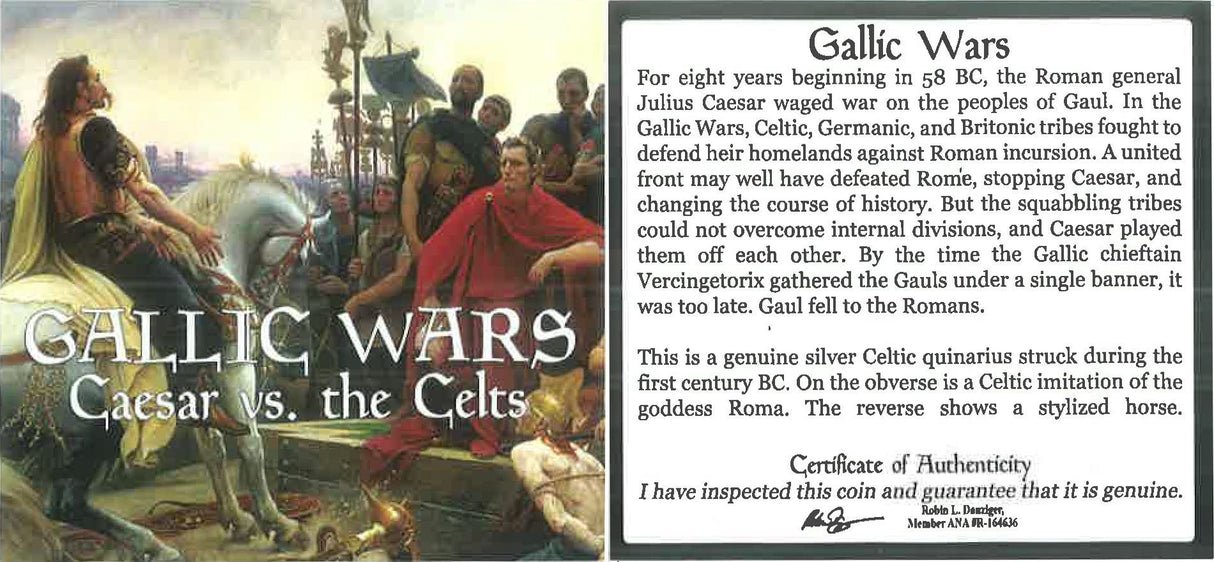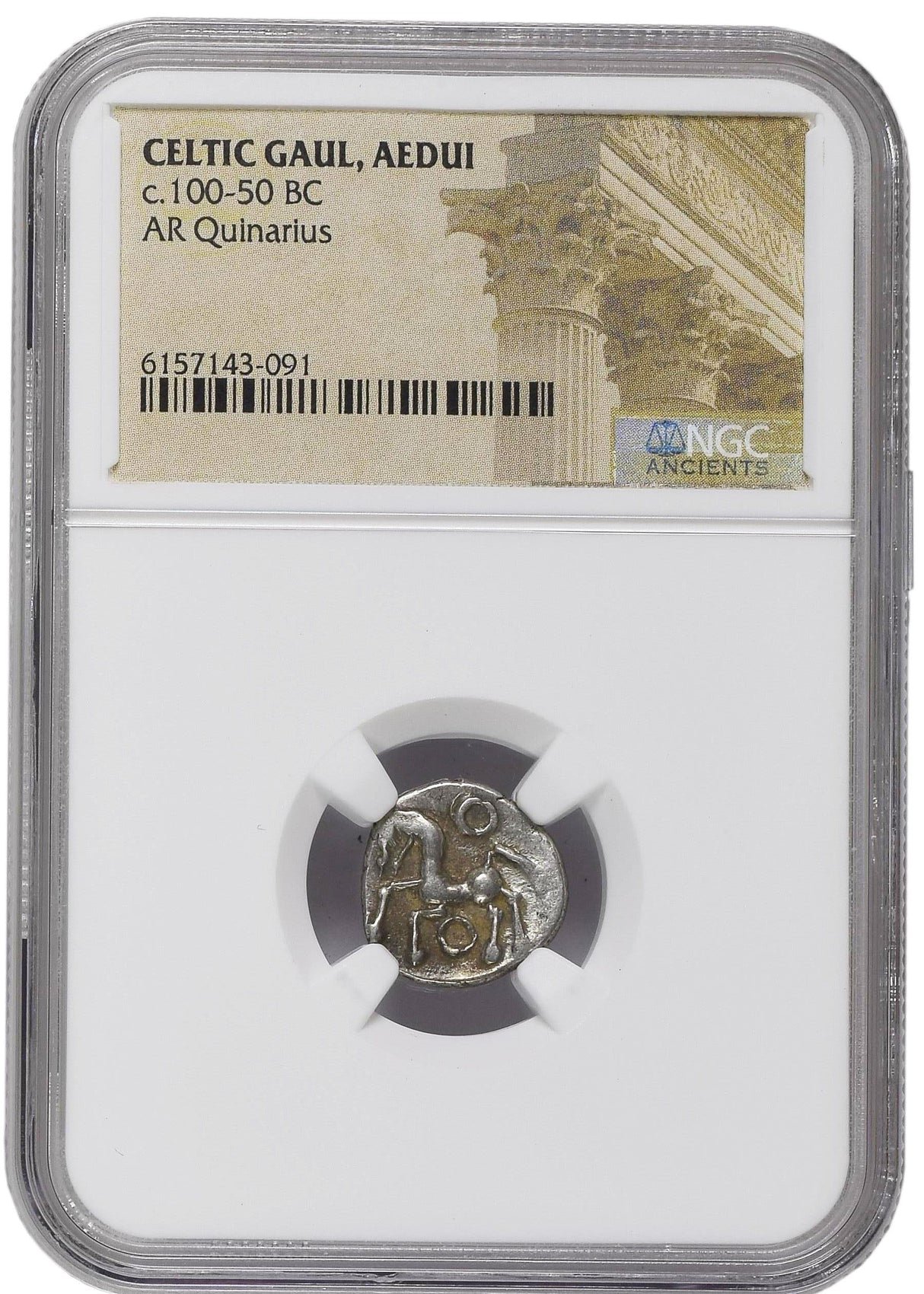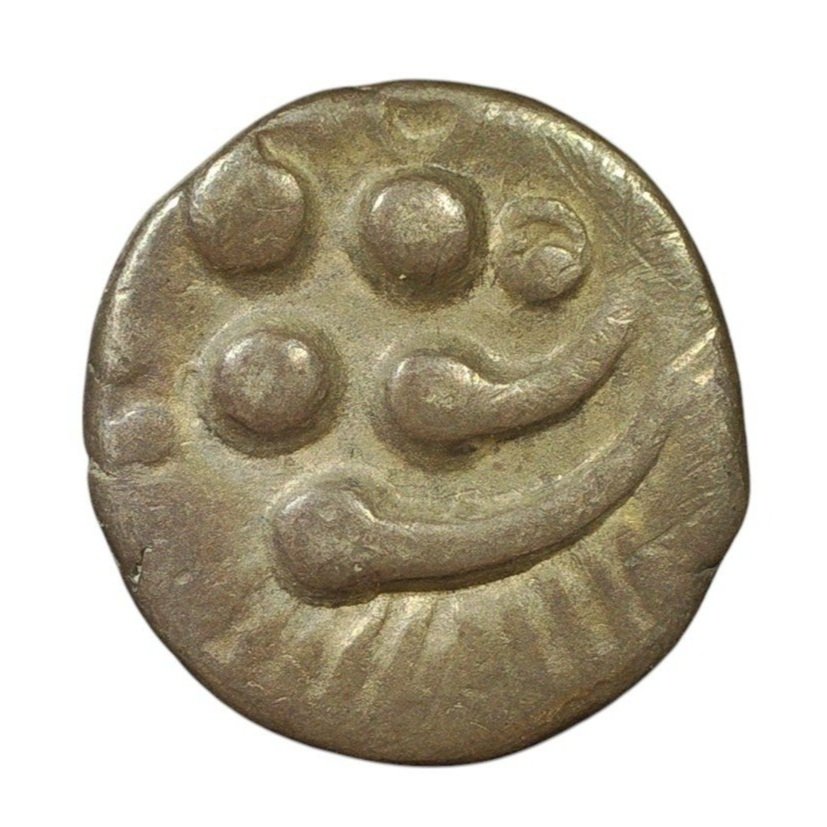Gallic groups, originating from the various La Tène chiefdoms, began a southeastern movement into the Balkans from the 4th century BC. Although Gallic settlements were concentrated in the western half of the Carpathian basin, there were notable incursions and settlements within the Balkans.
From their new bases in northern Illyria and Pannonia, the Gallic invasions climaxed in the early 3rd century BC, with the invasion of Greece. The 279 BC invasion of Greece proper was preceded by a series of other military campaigns waged in the southern Balkans and against the Kingdom of Macedonia, favoured by the state of confusion ensuing from the disputed succession after Alexander the Great's death. A part of the invading Celts crossed over to Anatolia and eventually settled in the area that came to be named after them, Galatia.
From the 4th century BC, Celtic groups pushed into the Carpathian region and the Danube basin, coinciding with their movement into Italy. The Boii and Volcae were two large Celtic confederacies who generally cooperated in their campaigns. Splinter groups moved south via two major routes: one following the Danube, another eastward from Italy. According to legend, 300,000 Celts moved into Italy and Illyria.[1]














